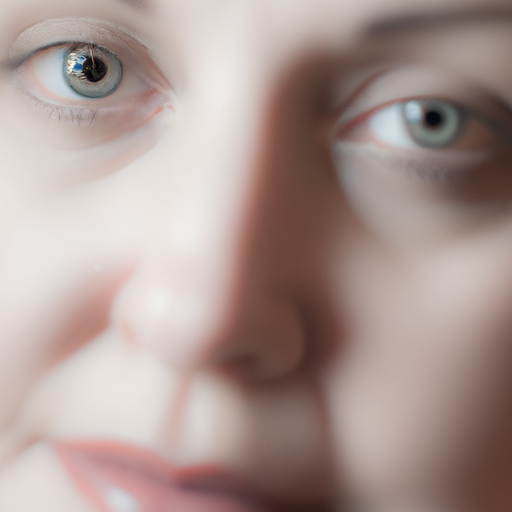As a medical professional, I am frequently asked about the latest trends in cosmetic surgery. One procedure that has been gaining popularity is buccal fat removal, a surgical procedure designed to sculpt and contour the face by reducing fullness in the cheeks. This article aims to provide a comprehensive overview of this procedure, its benefits, risks, and recovery process.
Buccal fat removal, also known as cheek reduction surgery, targets the buccal fat pads located in the lower part of the cheeks. These fat pads vary in size from person to person and can contribute to a round or chubby facial appearance. The goal of buccal fat removal is to create a slimmer, more defined facial contour, enhancing the cheekbones and jawline.
The procedure itself is relatively straightforward. It is typically performed under local anesthesia and takes approximately one hour. A small incision is made inside the mouth, on the inner side of the cheek, through which the buccal fat pad is accessed and removed. Since the incision is inside the mouth, there are no visible scars post-surgery.
The benefits of buccal fat removal are primarily aesthetic. By reducing the size of the buccal fat pads, the face can appear slimmer and more contoured. This can enhance the appearance of the cheekbones and jawline, contributing to a more youthful and attractive look. It’s important to note that results may vary depending on individual facial structure and the size of the buccal fat pads.
Like any surgical procedure, buccal fat removal carries potential risks and complications. These may include infection, bleeding, bruising, numbness or changes in sensation in the cheeks, asymmetry, and unfavorable scarring. In rare cases, damage to the facial nerves can occur, leading to facial weakness or asymmetry. It’s crucial to discuss these risks with your surgeon before deciding to undergo the procedure.
The recovery process for buccal fat removal is relatively quick compared to other cosmetic surgeries. Most patients can return to work within a week. Swelling and bruising are common but usually subside within a few weeks. A liquid or soft food diet may be recommended for a few days post-surgery to allow the mouth to heal.
It’s important to remember that while buccal fat removal can enhance facial contours, it does not address other aspects of facial aging such as skin laxity, wrinkles, or volume loss in other areas of the face. Therefore, it may be combined with other procedures such as a facelift, neck lift, or dermal fillers for a more comprehensive facial rejuvenation.
In conclusion, buccal fat removal is an effective procedure for individuals seeking to reduce cheek fullness and enhance facial contours. As with any cosmetic procedure, it’s essential to have realistic expectations and understand the potential risks involved. Always consult with a board-certified plastic surgeon to determine if this procedure is right for you.



